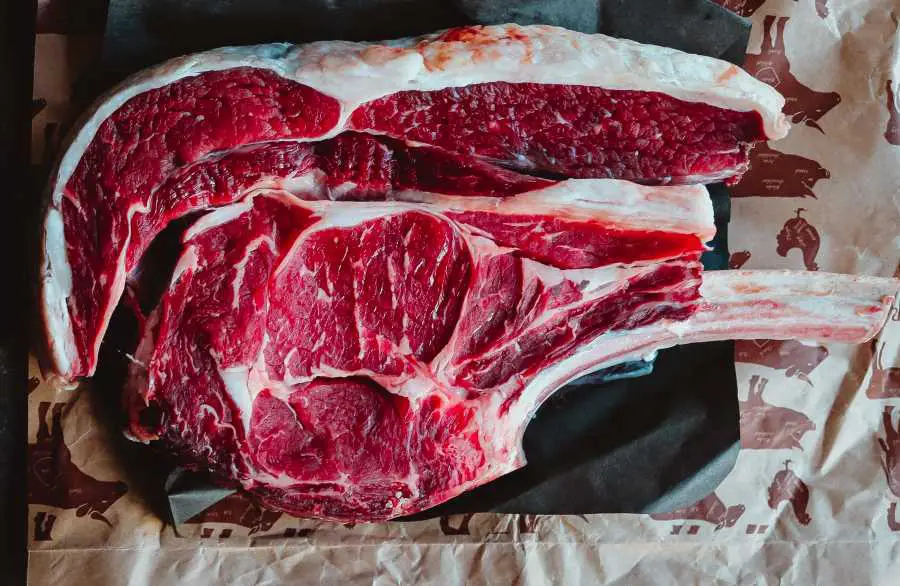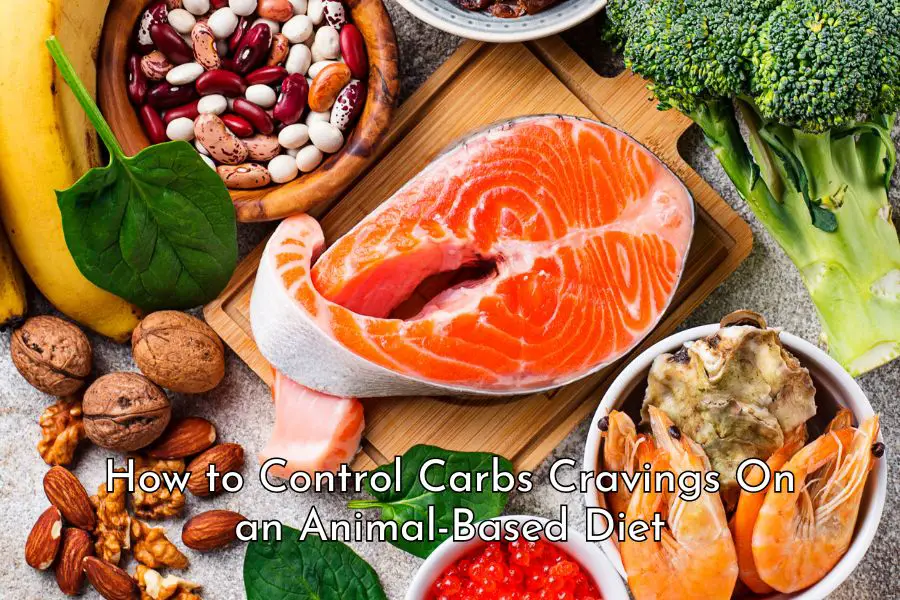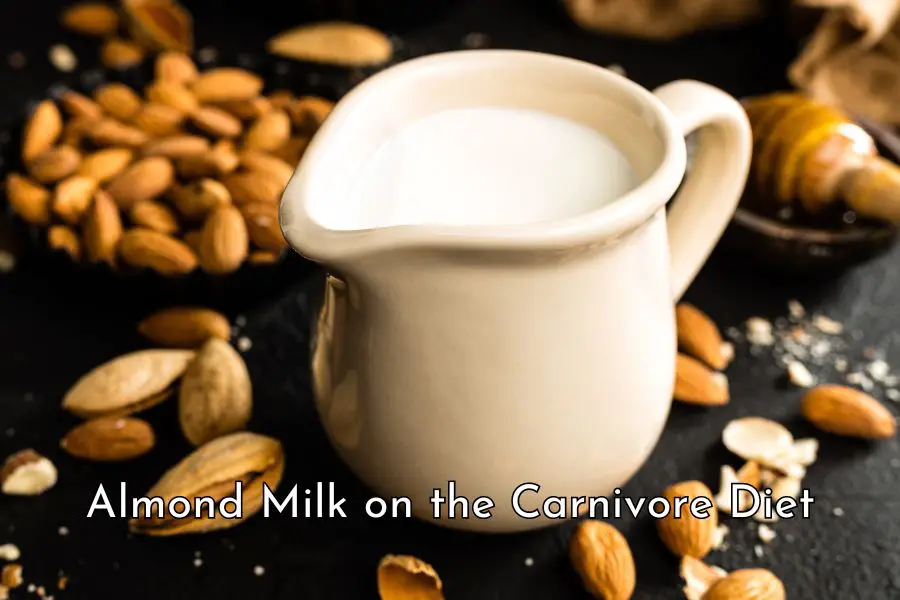How much meat you should eat in a day depends on your calorie need which in turn depends on a number of factors such as body size, body composition, gender, age, and levels of physical activity.
This post shows how much meat you should eat in a day based on estimated calorie needs per day, by age, sex, and physical activity level.
Factors determining how much you should eat
There is no one-size-fits-all answer to the question of how much meat you should eat in a day on the carnivore diet.
The amount of meat you should eat in a day depends on a number of factors including: [1, 2, 3, 4]
- Body size. The bigger you are, the more energy your body will need to maintain all of its basic functions
- Body composition. The more muscle mass and the less fat mass you have, the higher your resting energy expenditure will be (because muscles burn more calories than fat and some other tissues) and the higher your calorie intake will need to be
- Gender. Women have a lower resting metabolic rate than men even after controlling for differences in body composition and aerobic fitness
- Age. Your basal metabolic rate is found to decline almost linearly with age and the main cause of this decline is mostly due to the loss of muscle mass as you get older. Therefore, as you get older, unless you engage in sufficient resistance training to maintain muscle mass, your caloric need will decline
- How physically active you are. Obviously, the more physically active you are, the more energy you will burn and the higher your energy intake should be.
In addition to getting enough energy to meet basic bodily functions and physical activity, how many calories you should consume a day also depend on your goal, whether it is to gain weight, maintain weight, lose weight or increase longevity.
Furthermore, the exact amount of meat you should eat in a day also depends upon the type of cuts you get. Obviously, the higher the fat content, the less meat you will need to eat because fat is more calorie-dense than lean meat.
How meat intake per day is estimated
In this post, I have estimated meat intake per day based on:
- The estimated calorie needs per day by age, sex, and physical activity level as per the 2020–2025 Dietary Guidelines for Americans.[5]
- The calorie content in beef with 75% lean meat and 25% fat. As mentioned above, the fattier your meat is, the less meat you will need to eat. With a 75% lean and 25% fat combination, you are likely to get about 75-80% of total calories from fat and 25% to 20% of total calories from protein which is the fat-to-protein ratio that most people on the carnivore feel best on.
For example, if you require 2,000 calories a day and you are getting this from just ground beef with 75% lean meat and 25% fat (estimated to deliver around 300 calories per 100-gram serving), you will need to eat around 1.5 lb of ground beef (0.67kg).
If you eat meat cuts with higher fat content, you will need to eat slightly less. If you eat leaner cuts, then you will need to eat a lot more.
Please note that not all lean meat is protein, for example, a 100-gram serving of lean beef with all the fat trimmed off has 20.5 grams of protein and 7 grams of fat.
Also note that with a fat-to-protein ratio of 75-80% fat and 20-25% protein in terms of energy, it seems like you will have to eat a lot of fat to reach this ratio. But this is not true because protein provides 4 calories per gram while fat provides 9 calories per gram.
Eating just ground beef with 75% lean meat and 25% fat will give you a fat-to-protein ratio close to the above ratio. [6]
Estimated calorie needs per day, by age, sex, and physical activity level
The tables below show the estimated calorie needs per day, by age, sex, and physical activity level as per the 2020–2025 Dietary Guidelines for Americans.[7]
Please note that in the Dietary Guidelines for Americans:
- Sedentary means a lifestyle that includes only the physical activity of independent living
- Moderately Active means a lifestyle that includes physical activity equivalent to walking about 1.5 to 3 miles per day at 3 to 4 miles per hour, in addition to the activities of independent living
- Active means a lifestyle that includes physical activity equivalent to walking more than 3 miles per day at 3 to 4 miles per hour, in addition to the activities of independent living.
Estimated calorie needs per day for females
| Age | Sedentary | Moderately Active | Active |
|---|---|---|---|
| 19-25 | 2,000 | 2,200 | 2,400 |
| 26-30 | 1,800 | 2,000 | 2,400 |
| 31-50 | 1,800 | 2,000 | 2,200 |
| 51-60 | 1,600 | 1,800 | 2,200 |
| 61 and up | 1,600 | 1,800 | 2,000 |
Estimated calorie needs per day for males
| Age | Sedentary | Moderately Active | Active |
|---|---|---|---|
| 19-20 | 2,600 | 2,800 | 3,000 |
| 21-25 | 2,400 | 2,800 | 3,000 |
| 26-35 | 2,400 | 2,600 | 3,000 |
| 36-40 | 2,400 | 2,600 | 2,800 |
| 41-45 | 2,200 | 2,600 | 2,800 |
| 46-55 | 2,200 | 2,400 | 2,800 |
| 56-60 | 2,200 | 2,400 | 2,600 |
| 61-65 | 2,000 | 2,400 | 2,600 |
| 66-75 | 2,000 | 2,200 | 2,600 |
| 76 and up | 2,000 | 2,200 | 2,400 |
How much meat should an adult female eat in a day on the carnivore diet
As previously mentioned, the estimated meat intakes below are calculated based on daily calorie needs shown in the above tables assuming consumption of beef only with 75% lean and 25% fat.
Beef is chosen because beef and other ruminant meat appear to be the most common food choice in the carnivore community.
Estimated meat intake per day for an adult female (lb)
| Age | Sedentary | Moderately Active | Active |
|---|---|---|---|
| 19-25 | 1.5 lb | 1.6 lb | 1.8 lb |
| 26-30 | 1.3 lb | 1.5 lb | 1.8 lb |
| 31-50 | 1.3 lb | 1.5 lb | 1.6 lb |
| 51-60 | 1.2 lb | 1.3 lb | 1.6 lb |
| 61 and up | 1.2 lb | 1.3 lb | 1.5 lb |
Estimated meat intake per day for an adult female (kg)
| Age | Sedentary | Moderately Active | Active |
|---|---|---|---|
| 19-25 | 0.7 kg | 0.7 kg | 0.8 kg |
| 26-30 | 0.6 kg | 0.7 kg | 0.8 kg |
| 31-50 | 0.6 kg | 0.7 kg | 0.7 kg |
| 51-60 | 0.5 kg | 0.6 kg | 0.7 kg |
| 61 and up | 0.5 kg | 0.6 kg | 0.7 kg |
In summary:
- A sedentary female will need to eat from 1.2 to 1.5 lb of meat a day (0.5 to 0.7 kg a day)
- A moderately active female will need to eat from 1.3 to 1.6 lb of meat a day (0.6 to 0.7 kg a day)
- An active female will need to eat from 1.5 to 1.8 lb of meat a day (0.7 to 0.8 kg a day).
How much meat should an adult male eat in a day on the carnivore diet
Estimated meat intake per day for an adult male (lb)
| Age | Sedentary | Moderately Active | Active |
|---|---|---|---|
| 19-20 | 1.9 lb | 2.1 lb | 2.2 lb |
| 21-25 | 1.8 lb | 2.1 lb | 2.2 lb |
| 26-35 | 1.8 lb | 1.9 lb | 2.2 lb |
| 36-40 | 1.8 lb | 1.9 lb | 2.1 lb |
| 41-45 | 1.6 lb | 1.9 lb | 2.1 lb |
| 46-55 | 1.6 lb | 1.8 lb | 2.1 lb |
| 56-60 | 1.6 lb | 1.8 lb | 1.9 lb |
| 61-65 | 1.5 lb | 1.8 lb | 1.9 lb |
| 66-75 | 1.5 lb | 1.6 lb | 1.9 lb |
| 76 and up | 1.5 lb | 1.6 lb | 1.8 lb |
Estimated meat intake per day for an adult male (kg)
| Age | Sedentary | Moderately Active | Active |
|---|---|---|---|
| 19-20 | 0.9 kg | 0.9 kg | 1.0 kg |
| 21-25 | 0.8 kg | 0.9 kg | 1.0 kg |
| 26-35 | 0.8 kg | 0.9 kg | 1.0 kg |
| 36-40 | 0.8 kg | 0.9 kg | 0.9 kg |
| 41-45 | 0.7 kg | 0.9 kg | 0.9 kg |
| 46-55 | 0.7 kg | 0.8 kg | 0.9 kg |
| 56-60 | 0.7 kg | 0.8 kg | 0.9 kg |
| 61-65 | 0.7 kg | 0.8 kg | 0.9 kg |
| 66-75 | 0.7 kg | 0.7 kg | 0.9 kg |
| 76 and up | 0.7 kg | 0.7 kg | 0.8 kg |
In summary:
- A sedentary male will need to eat from 1.5 to 1.9 lb of meat a day (0.7 to 0.9 kg)
- A moderately active male will need to eat from 1.6 to 2.1 lb of meat a day (0.7 to 09 kg)
- An active male will need to eat from 1.8 to 2.2 lb of meat a day (0.8 to 1.0 kg).
Working out how much meat you should eat
One way to work out how much meat you should eat in a day is to start with the above estimate and assess if that amount of meat is suitable for you.
If you often feel hungry and low on energy and lose weight at this level of meat intake, increase your intake slightly or choose fattier cuts (that is if you are already at your ideal weight).
On the other hand, if you rarely feel hungry and put on weight over time, reduce your food intake slightly or choose leaner cuts.
Above all, please listen to your body, don’t force feed or starve yourself just because that’s what the number on the chart says.
I weigh around 100 lb and I’m fairly active. I’m supposed to eat around 1.5 to 1.8lb of meat a day but some days I struggle to get through even 1 lb of meat and some days I can eat a couple of pounds without any issue.
So, just treat the other data as reference points and let your body be the guide. If you eat the right kind of food, I think your body is pretty good at giving you the signal when it has had enough.
If you find this post helpful, please consider sharing this post and my site with your family, friends, and followers. That would be much appreciated. Please also check out my library of articles on the carnivore diet here which is updated regularly.
Disclaimer: The information in this post is for reference purposes only and not intended to constitute or replace professional medical advice. Please consult a qualified medical professional before making any changes to your diet or lifestyle.
Photo credit: Llio Angharad on Unsplash





